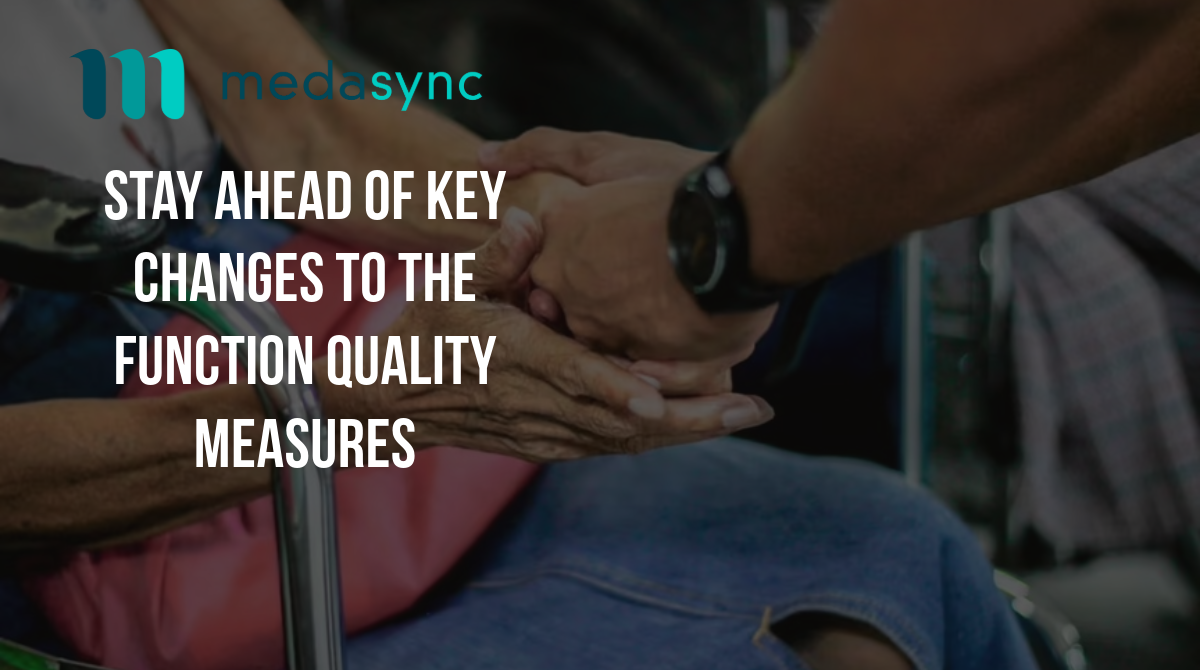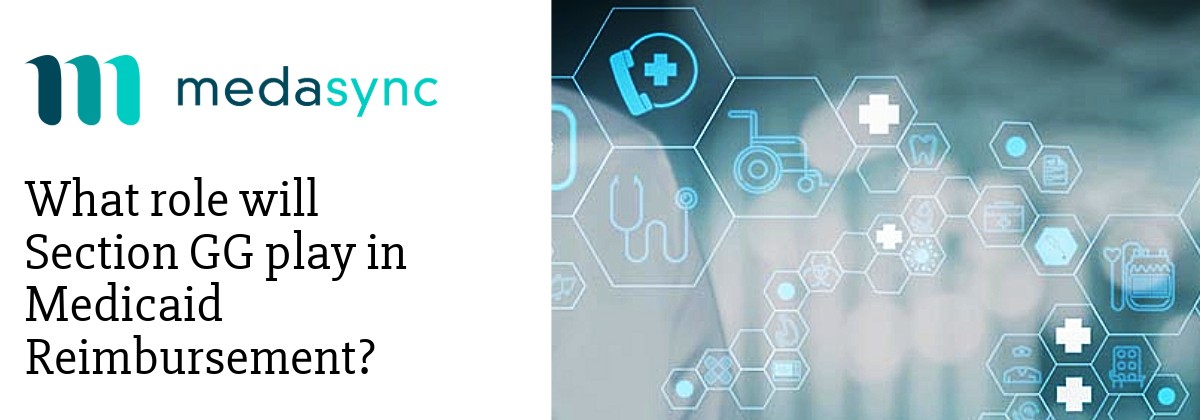Understanding PAC Data
Unstructured Versus Structured Data and the Implications for PAC Operators
Data, data, data. Healthcare data is expected to be the highest data growth business sector of any industry with a compound annual growth rate of 36% through 2025. And, everyone wants data – trends, dashboards, reports and actionable information to make decisions with. A lot has been said in recent years about using “Big Data” to improve patient care and help Post-Acute operators run more efficiently. Often missing from that discussion, however, has been a clear understanding of the information itself and how that drives our ability to use it. Here we offer our understanding of the subject and we spell out the differences between structured and unstructured data – and how a Post-Acute operator may benefit from each.
Health data exists in many forms: vital signs, lab results, patient-generated lifestyle data, physician notes, claims data and various types of imagery, to name just a few. However, it is helpful to consider this important, and quickly growing, set of information in terms of structured and unstructured data.
The most commonly used is structured data. As the name suggests, this is information that is highly-formatted and stored in a consistent, organized manner, making it very easy to analyze and trend over-time. Examples of PAC data that would fall into this category include: cost reports, claims data, a codified MDS, CMG codes, diagnosis codes, patient weights and vitals, etc. When properly cleaned, normalized and connected, structured data becomes the backbone for the dashboard and trend reports we all know and love. You can connect transactional data on cost and revenue to billed CMG codes over the last 12-months to understand profitability related to depression capture, NTA splits, Nursing categories or the SLP component. And, use that information to focus future efforts and strategies.
Unstructured data, on the other hand, has no pre-defined format or organization and represents about 80% of all healthcare data. Examples in this category include progress notes or narratives, MAR and TAR orders, x-ray images and even faxed copies of a H&P from a referral partner. In most cases, unstructured data must be manually analyzed and interpreted which often happens in the moment. And, since it’s hard to handle this type of information and can be very time consuming, it often remains untapped or underutilized after it is created.
At the surface, unstructured data represents a greater challenge to analyze and interpret than structured data. It’s not easy to categorize, compare and analyze free-text to derive meaning quickly and efficiently. Yet, Post-Acute workers do it each and every day. Take two examples: 1) a new referral comes in. What happens? An admission specialist reads through 20+ pages of information that was faxed over from the referral source. 2) Weekly UR/UM meeting. What happens? The team meets and reviews clinical notes and documentation in the EHR to identify changes that might drive patient care, the MDS or an update to the MCO. This becomes time spent away from patient care. So, while unstructured data may be a challenge to interpret, it also becomes the greatest opportunity for efficiency and action today.
Advances in artificial intelligence and machine learning have the potential to transform the way clinicians and providers work. In the free-text examples above, a natural language processing tool might be trained to read and interpret the patient care documentation to succinctly extract, categorize and summarize the key points or changes – saving much needed time and minimizing human error.
Looking to the future.
The power of AI in healthcare is about using technology to do the things that it can do better than humans and freeing up people’s time to use their judgment for things computers can’t do well. At MedaSync, we’re hard at work building out and refining our advanced AI solutions to support improvements to your workflow and revenue cycle.
Our goal? To deliver simple, purpose-built software solutions to keep nurses away from fax machines, forms and administrative work and in front of patients and ensure excellent operators are paid adequately for great care so they can further empower and financially support their amazing teams.





